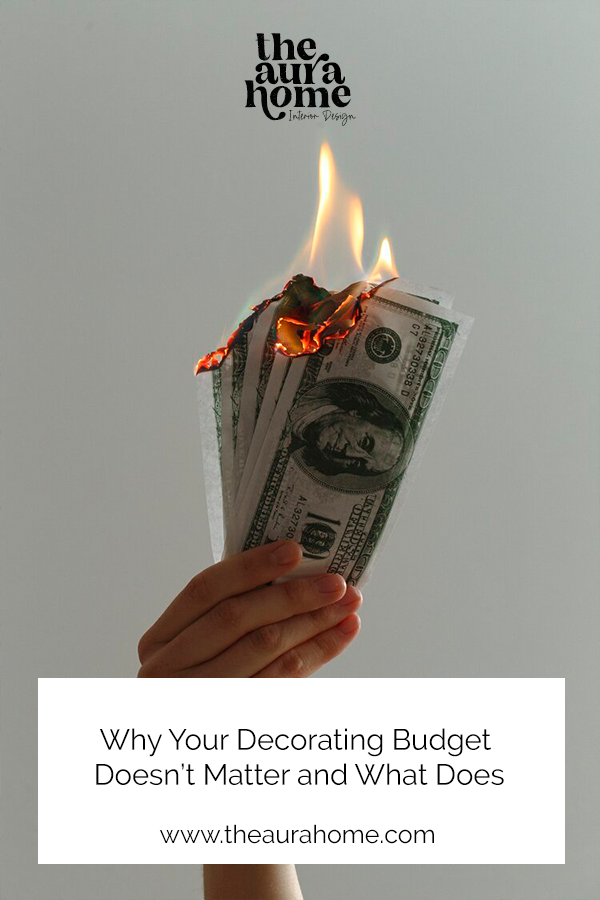Why Your Decorating Budget Doesn't Matter and What Does
/Would it surprise you to know that I've been in million-dollar homes that screamed "ordinary?" I've also been in Tiny Houses, where the design and decor blew me away. I follow numerous Instagramers whose homes are beautiful, thrifted spaces proving that it's not how much you spend; it's your taste that matters.
Great interior design is nuanced.
During my senior year of high school, the show Trading Spaces began airing on TLC. It's the show that made me decide to become an Interior Designer. If you're not familiar with it, TS was a show featuring two sets of neighbors, usually couples, swapping houses for 48 hours to redecorate a room in each home. Each team was paired with a "designer" (they were not all interior designers or even decorators) and given a budget of $1,000. It was TV gold. Each week the designers would devise several DIY projects (usually completed by many assistants off-camera and after hours) to maximize the space's look but stay within budget. Some rooms were a complete disaster (like the episode where Hildi had the homeowners staple hay to the walls). Still, many of them were very tastefully done. With this newfound idea that any budget could net you a beautiful room, people started shopping anywhere; and it showed.
Shabby Chic took budget decorating to the max. This trend had homeowners decorating with various antiques and found objects in some state of decay. Between the furniture with chippy paint and rusty buckets filled with dried flowers, it was enough to feel like you needed a Claritin and a Tenatus booster. Needless to say, most spaces read shabby but never approached chic.
While TS made it easy to see that a small budget can go wrong quickly, there's also the flip side. Anyone who has ever done any real-estate stalking has walked through at least one costly property requiring an excessive overhaul. I recently walked through a space that I was told belonged to a wealthy widow. She likely spent a lot of money to have it professionally decorated back in the day. Whatever she shelled out probably made it hard for her to part with the mauve drapes for the last 30 years.
It's not how big your budget is; it's how you spend it.
It's not uncommon to work with a client who scrutinizes each piece of furniture, material, or finish, wanting the very best in its category. They think a combination of the flashiest, most expensive, or the most dramatic will somehow read "the best." It does not. Sure, having a larger budget opens up the field. More money may afford you a professional Interior Designer, high-quality furniture, and sometimes priceless works of art. But what makes a room beautiful is how artfully everything blends to form the whole. It's the discerning combination of new and old, striped and floral, and dark and light, among others, that captures our attention and garners our appreciation. And that is available to anyone on any budget.








